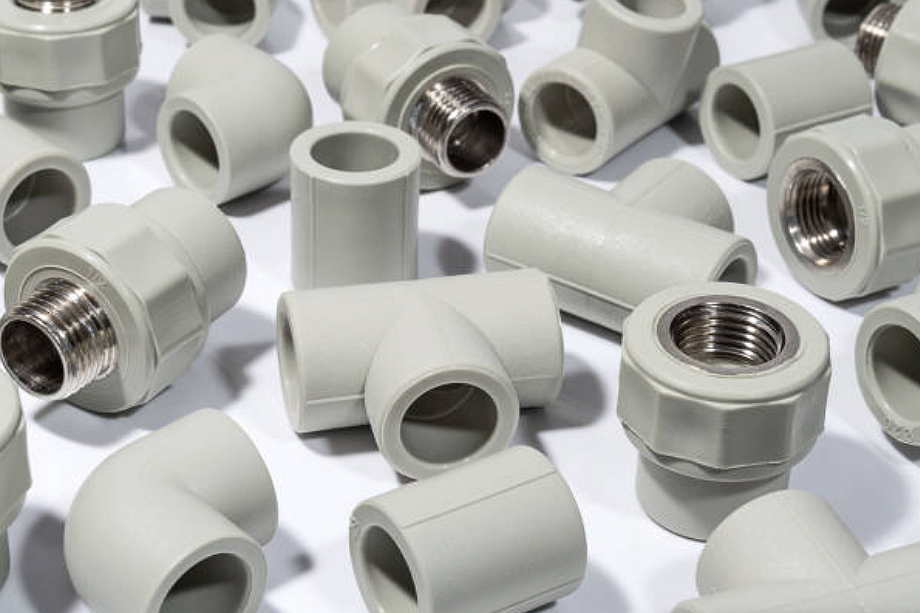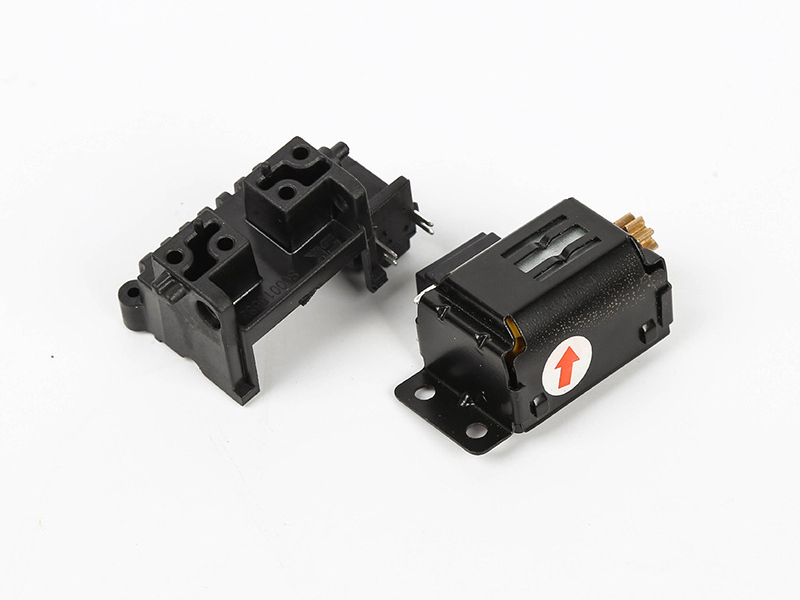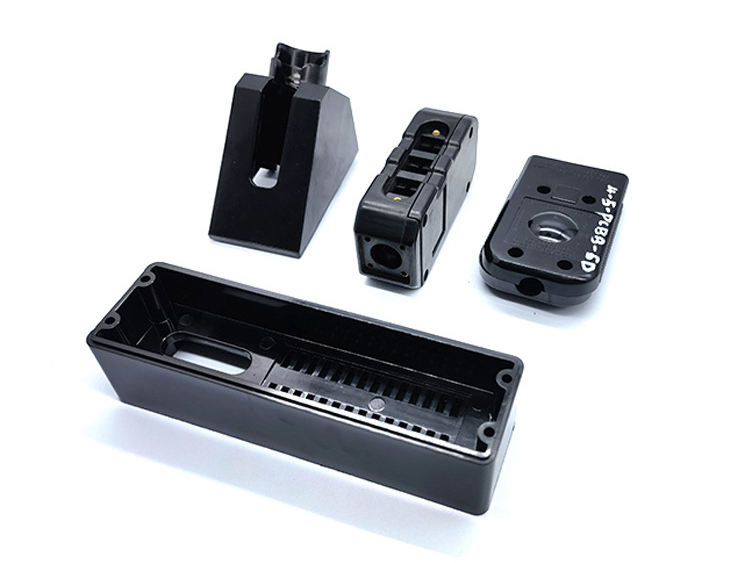What are the best materials to use for creative insert molding designs?
The success of insert molding depends largely on material compatibility and performance under mechanical and thermal stress. Selecting the ideal combination of polymers and inserts enables engineers to achieve optimal strength, dimensional stability, and aesthetic appeal for intricate designs.
Engineering Plastics for Design Flexibility
High-performance plastics, such as polycarbonate (PC), PBT, and nylon (PA), are widely used due to their toughness and moldability. These materials maintain tight tolerances and resist impact, making them ideal for automotive connectors, consumer electronics, and lighting housings. When higher temperature resistance is needed, PEEK and PPS offer superior dimensional stability.
Metal Inserts for Strength and Conductivity
Integrating metallic elements through insert molding provides mechanical reinforcement and electrical functionality. Common options include brass, aluminum, and stainless steel inserts, which deliver rigidity and wear resistance in threaded, load-bearing, or conductive parts. In industries such as telecommunications and E-Mobility, these inserts enhance reliability under vibration and thermal cycling.
Advanced and Specialized Materials
For extreme environments, manufacturers employ materials derived from metal injection molding (MIM) such as Inconel 718 or titanium-based alloys to achieve superior corrosion resistance and lightweight strength. These alloys are frequently used in medical devices and aerospace assemblies requiring long-term dimensional reliability.
Hybrid and Overmolding Compatibility
Insert molding is often combined with overmolding to bond soft elastomers, such as TPE-TPV or silicone rubber, to rigid substrates. This hybrid approach enhances tactile comfort and environmental sealing, particularly in handheld or outdoor-use devices, such as power tools and industrial connectors.
Sustainable Material Choices
Modern insert molding increasingly employs recyclable engineering polymers and energy-efficient processes. This shift supports eco-conscious innovation across automotive and consumer product manufacturing, aligning with global sustainability goals without compromising performance.



